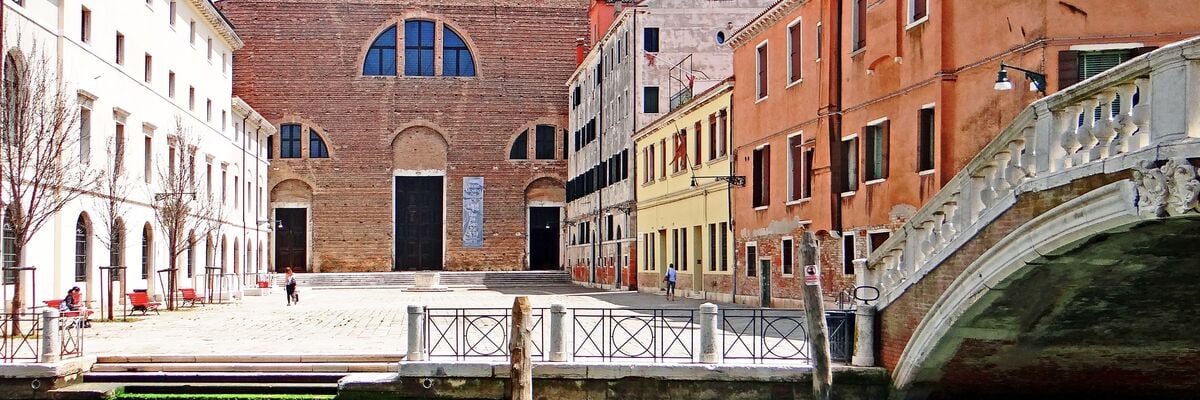
Campo San Lorenzo
Campo San Lorenzo, in Venice, is home to the church and convent founded between the 6th and 7th centuries. The complex, originally a Benedictine monastery, became one of the richest in Venice, reserved for nobles and inhabited by nuns and friars.…